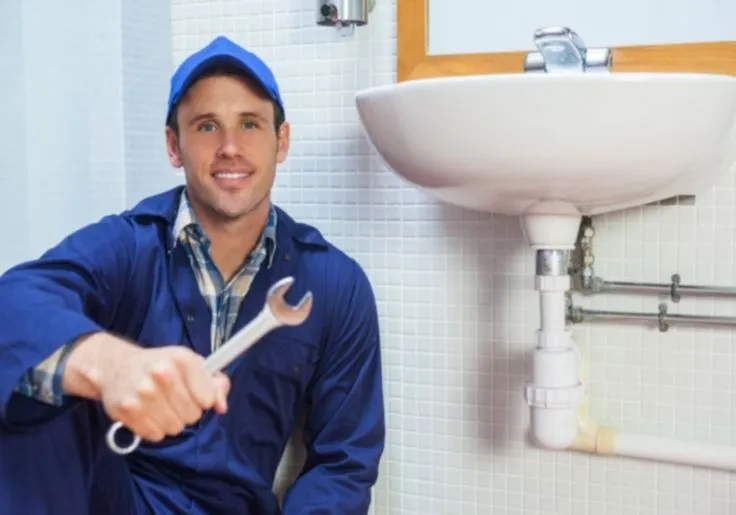Kitchen Drainage Installations
 A properly installed kitchen drain is essential to maintaining a clean, efficient and hygienic cooking space. Whether you are remodeling your kitchen or troubleshooting an existing drain problem, understanding the installation process and key considerations can help you avoid clogs, leaks and costly repairs.
A properly installed kitchen drain is essential to maintaining a clean, efficient and hygienic cooking space. Whether you are remodeling your kitchen or troubleshooting an existing drain problem, understanding the installation process and key considerations can help you avoid clogs, leaks and costly repairs.
Understanding Kitchen Drain Components
Before installing a kitchen drain, it is crucial to understand its major components. The system typically consists of a sink filter, a drain pipe, a P-siphon and a drain pipe leading to the main plumbing system. The sink filter prevents solid waste from entering the plumbing, while the drain pipe connects the sink to the drain. The P-siphon, a curved section of pipe, helps prevent sewer gases from entering the kitchen by trapping water. These components work together to ensure smooth drainage and minimal clogs.
Step-by-Step Guide to Installing a Kitchen Drain
Preparation and measurements: Before you begin, gather the necessary tools, such as a wrench, pipe cutter, plumber’s putty and PVC or metal pipe. Measure the space under the sink to make sure the drain components fit properly.
Sink strainer installation: Apply a thin layer of plumber’s putty around the rim of the sink strainer and press it into the sink opening. Secure it in place using the lock nut under the sink, ensuring a tight seal.
Attaching the drain pipe and P-siphon: Connect the drain pipe to the sink strainer, then attach the P-siphon, making sure the curved section is facing downward. The P-siphon should be aligned with the wall drain pipe to facilitate proper water flow.
Connection to the drain pipe: Connect the horizontal pipe from the P-siphon to the main drain line. Make sure all joints are securely fastened with slip nuts and washers to prevent leakage.
Checking for leaks: Open the faucet and allow water to flow through the system. Check for leaks at all connections and tighten loose fittings if necessary.
Common Drain Installation Challenges and Solutions
During the installation process, some common problems may arise, such as improper alignment, leaks or slow drainage. To solve alignment problems, consider using adjustable pipe fittings. If leaks occur, reapply plumber’s putty or tighten connections. Slow drainage could indicate a clog, which can be resolved by making sure the P-siphon and pipes are clear of debris.
Maintenance tips for a long-lasting drainage system
For your kitchen drain to function optimally, regular maintenance is essential. Avoid pouring grease, coffee grounds and food debris down the drain, which can cause clogs. Use a sink strainer to catch solid waste and clean it frequently. Periodically flush the drain with hot water and baking soda to remove buildup. If drain problems persist, consider using a drain snake or professional cleaning service. Emergency Plumber in Birmingham is your right contact partner. Call us whenever you want, because we are 24 hours available.
